Featured Image: Noah Wetzel
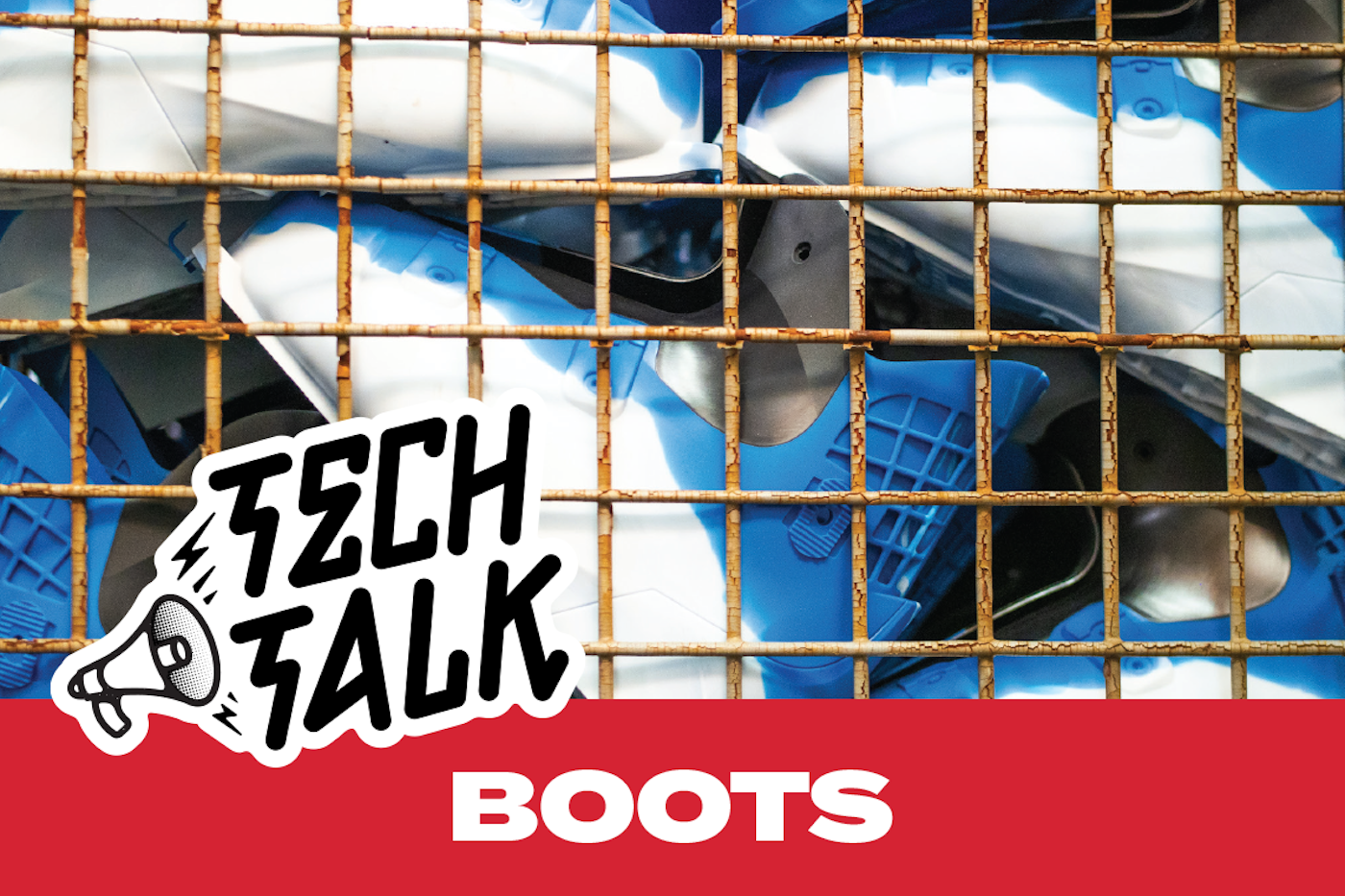
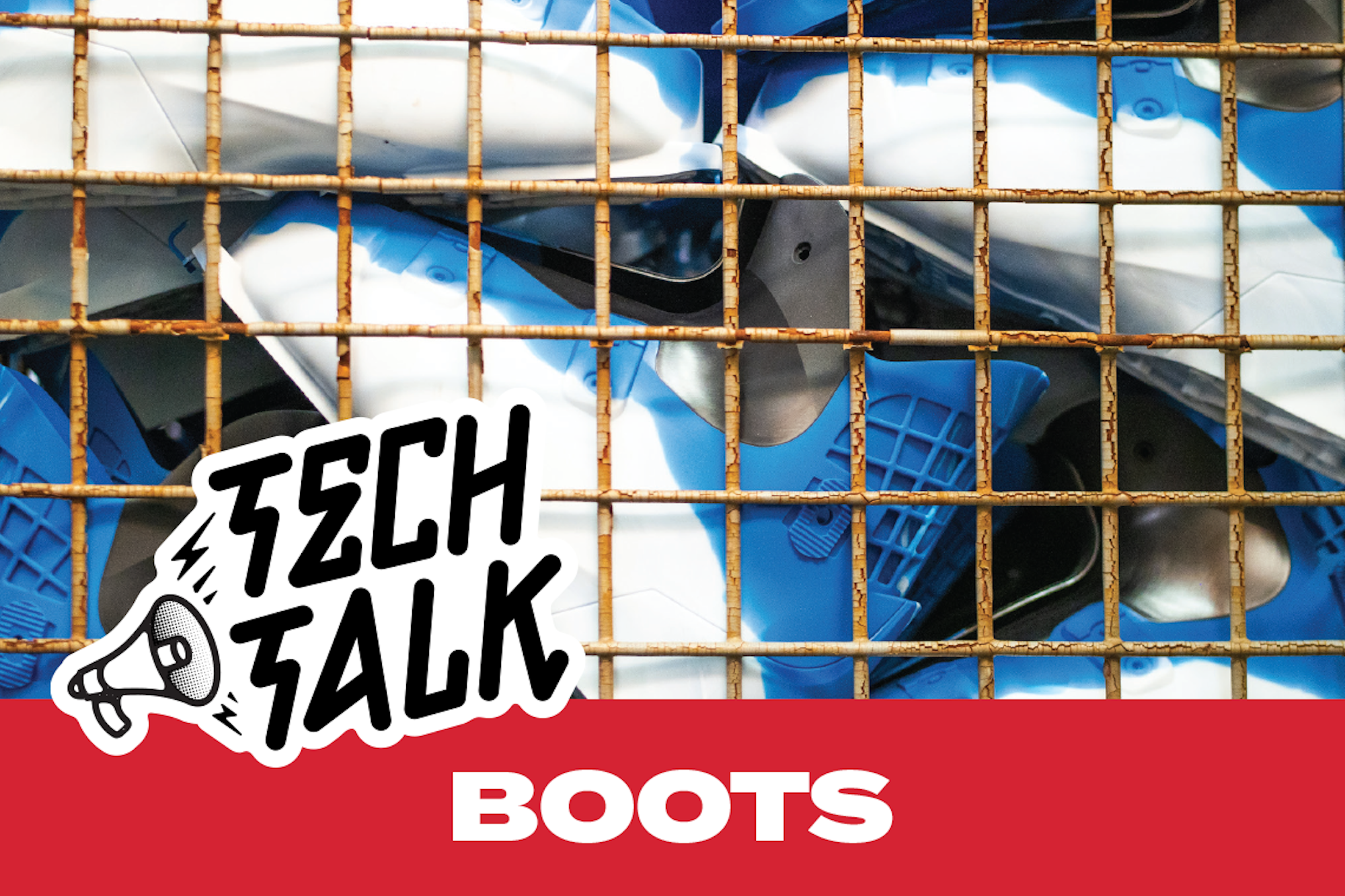
Cutting through the jargon that surrounds buying ski boots can be tough. To help you better understand the products you need for a great day on the hill, we’ve brought in the expert Gearheads from Backcountry.


Melissa Benjamin
Age: 25
Number of years as a Gearhead: 1
Favorite Place to ski: Snowbasin, UT
Favorite après drink or snack: Moscow Mule, always.
Tell us a little about yourself:
Born and raised Utah, I grew up on skis. I have been fortunate enough to ski the Wasatch Mountains up and down more times than I can count. Skiing is more than a passion for so many of us, it is a way of life, and that is no different for me. I’ve spent my entire career in the outdoor industry and spent five of those years in a local ski shop fitting customers with the perfect ski boot. Along with skiing, I enjoy fly fishing, backpacking, and exploring with my dog, Wiley.
MELISSA SAYS…
What’s the benefit of buying a well-fitting ski boot? How will it improve my skiing?
Think of your ski boot as the foundation of your house: If you have a bad foundation the rest of the house will crumble. Your ski boot is no different; it can make or break your ski day. The power of each turn is driven by your foot. If your boot is too big, wide or uncomfortable—even by a very small margin—you’re not going to be able to effectively transfer that energy from your boot to your ski.
What are the biggest trends you’re seeing in boot construction right now?
There are a few trends you’ll be seeing in boots this year, including the continued transition from Walk-To-Ride (WTR) soles to the more versatile GripWalk soles. You’ll also see an increase in walk/hike features, and toe and heel pin-tech compatibility across the board. Finally, a major trend you’ll notice is improvements to customization, from higher-end, moldable liners to more heat-moldable shells across different brands, and even micro adjustments to the boot flexes with little effort.
What’s the biggest mistake that people make when choosing boots?
The biggest mistake I see is buying your boots too large. When fitting a properly-sized ski boot, there should be some pressure in the toes when you’re standing upright. Avoid sizing up just to relieve this. Your toes should be pressed up against the front—not jamming or curling— but you should be able to feel the front of the toebox. When you bend your knee and flex the boot, that is when the toes will gently pull away from the front and you will feel the natural position that you’ll be skiing in. If you have never been fitted properly for a ski boot, you would assume to just size up for comfort but, after skiing several days in a boot, the liner will pack out and you will build up extra space around your toes, leaving you with too much volume.
GET TO KNOW THE LINGO…
01. LAST
The last refers to the width of the boot in the forefoot. Most boot lasts are somewhere between 97-106 mm. It’s worth noting that different brands measure the last from a different place in the forefoot, so a 98-mm last in one brand won’t fit exactly like a 98-mm last in another. You want your forefoot to be snug against both sides, but you don’t want to feel any major pressure points. [Narrow: 97-99 mm, Medium: 100-102 mm, Wide 102+ mm]
02. FLEX
While there is no industry standard, the flex refers to the stiffness of the boot. The higher the number, the stiffer the boot. The common flex range is from 60-130. Remember that height and weight matter as much (or more) than ability level when deciding on the proper flex. You don’t want to be in too soft of a boot because you’ll be folding the front of the boot and you won’t get any performance from it. Same goes for stiffness: If you cannot flex the boot because it is too stiff, you’ll likely injure your shins and, again, won’t be able to tap into the boot’s performance.
03. MONDOPOINT SIZING
Ski boots use mondo sizing, which measures the inner sole length in centimeters. You can easily find a conversion chart online; however, be cautious when doing this as you may end up in a boot too large. It is always preferred to get your size and last properly measured by a bootfitter.
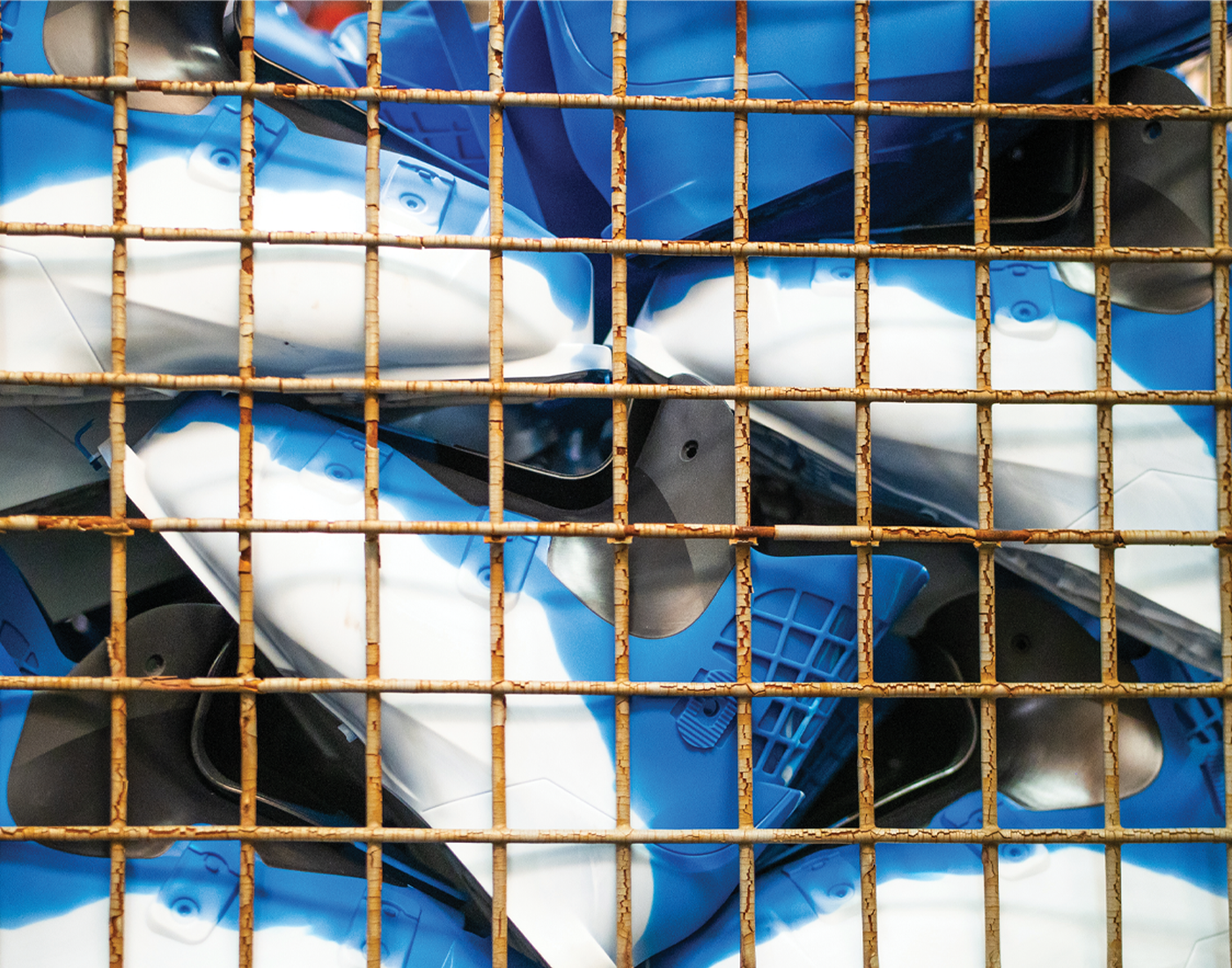
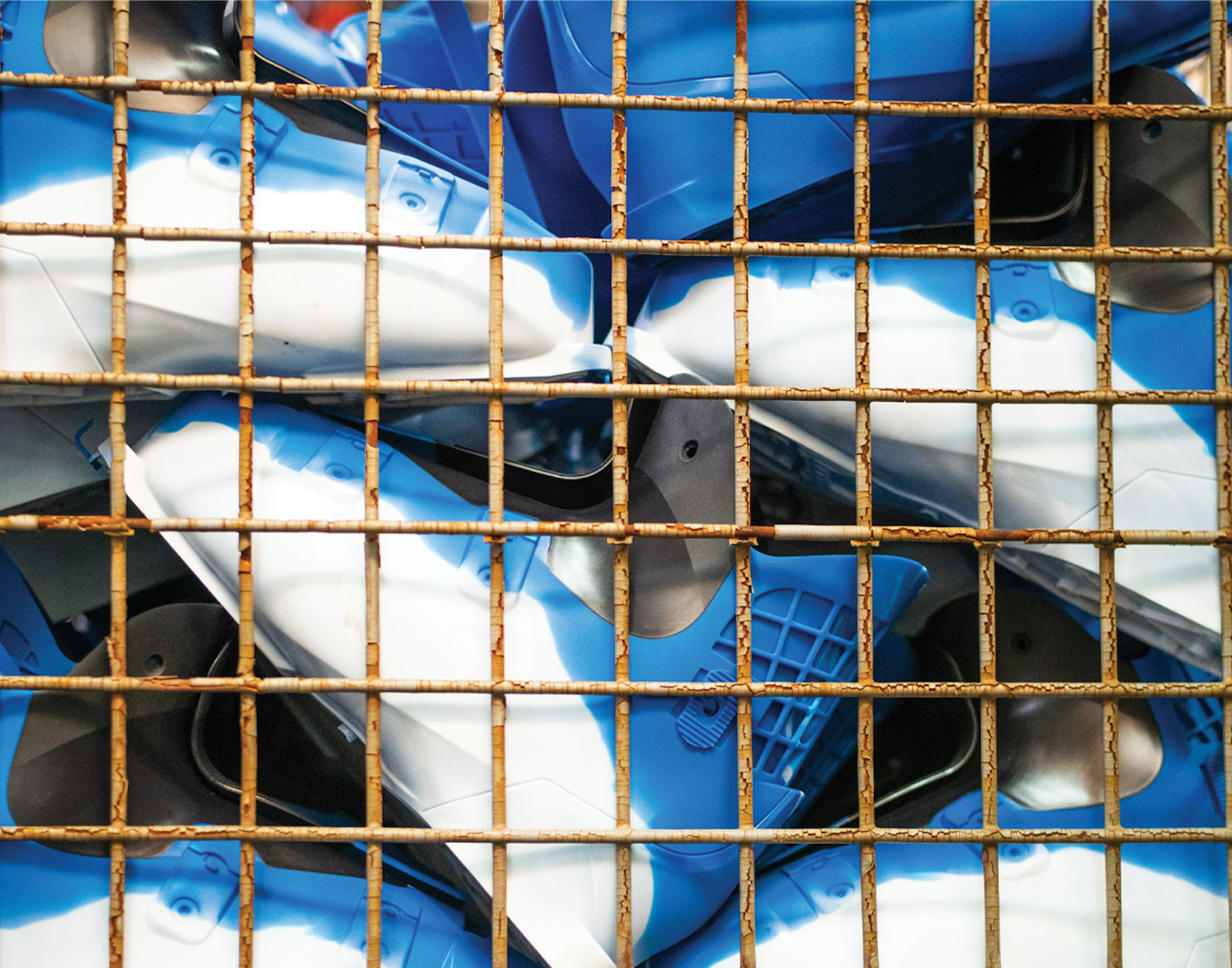
04. SOLE TYPES
Boot soles vary depending on their intended use. There are a few major ones you’ll want to know. Alpine soles have a flat profile and are the most common for resort skiing; Alpine Touring (AT) soles are rockered and work best with pin-tech bindings; GripWalk soles, which have been adopted as the standard rockered sole by the industry, are compatible with many bindings but not standard alpine bindings; and Walk-To-Ride (WTR), much like GripWalk, fill the void between standard Alpine soles and AT soles. While not as common anymore, you may come across some WTR soles in the shop.
05. WALK/HIKE MODE
This is becoming more common on alpine ski boots for added comfort; however, it is most prominent in touring boots. This feature will be found on the back of the boot on the upper cuff, and allows the skier to switch from ski mode, which locks upper cuff in place, to hike mode, which provides you a greater range of motion for uphill travel. Note that you may feel a slight in compromise downhill performance, with different construction styles working better and worse while locked in ski mode.
06. VOLUME
Volume refers to the space inside a boot over the instep of the foot, often indicated by the letters LV (low volume), MV (mid-volume) or HV (high-volume). It is important to note that there are boots designed to accommodate low, mid and high insteps. The instep is the top part of your foot just in front of the ankle and it allows for blood flow, so it is crucial to find a boot that doesn’t cut off circulation.
BEFORE YOU BUY…
Know your foot. Be familiar with your size, volume and last. There are so many great options out there, but there is a perfect boot for your foot based on your needs.
Know your skier type. Are you a beginner, intermediate or advanced skier? Are you a performance-oriented skier or a comfort-minded skier? That will help determine what flex you want to be in and the type of fit will work best.
Get the right fit. Regardless of being a performance skier or a recreational skier, it’s important that your boots are snug. However, some boot fitters will ask if you prefer a comfort fit or a performance fit, with the latter being slightly more aggressive (tighter).
Don’t be afraid to try on a few pairs. You won’t know what you like (or don’t like) until you’ve tested a few. Remember, boots are the most important piece of the puzzle, so don’t cut corners and try to save money here. There are other places you can save a few bucks!
![[Tech Talk] FREESKIER's no-nonsense guide to buying ski boots](https://www.datocms-assets.com/163516/1751499544-techtalk_bootsfeat.png?auto=format&bg=FFFFFF&w=100)
![[Tech Talk] FREESKIER's no-nonsense guide to buying ski boots](https://www.datocms-assets.com/163516/1751499544-techtalk_bootsfeat.png?auto=format&bg=FFFFFF&w=1200)
![[GIVEAWAY] Win a Legendary Ski Trip with Icelantic's Road to the Rocks](https://www.datocms-assets.com/163516/1765233064-r2r26_freeskier_leaderboard1.jpg?w=200&h=200&fit=crop)
![[GIVEAWAY] Win a Head-to-Toe Ski Setup from IFSA](https://www.datocms-assets.com/163516/1765920344-ifsa.jpg?w=200&h=200&fit=crop)

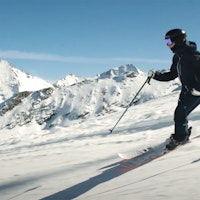
![[GIVEAWAY] Win a Legendary Ski Trip with Icelantic's Road to the Rocks](https://www.datocms-assets.com/163516/1765233064-r2r26_freeskier_leaderboard1.jpg?auto=format&w=400&h=300&fit=crop&crop=faces,entropy)


![[GIVEAWAY] Win a Head-to-Toe Ski Setup from IFSA](https://www.datocms-assets.com/163516/1765920344-ifsa.jpg?auto=format&w=400&h=300&fit=crop&crop=faces,entropy)


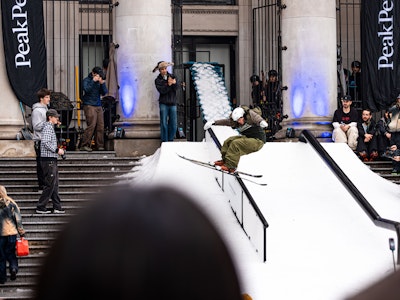
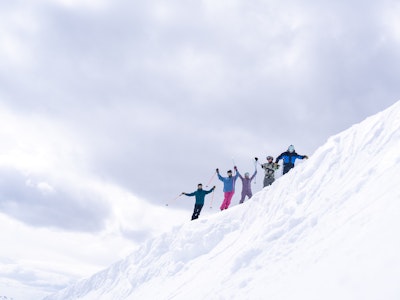
![[Tech Talk] FREESKIER's no-nonsense guide to buying ski boots](https://www.datocms-assets.com/163516/1751499544-techtalk_bootsfeat.png?auto=format&bg=FFFFFF&w=2000)